Tuberous begonia flower in the garden and at home
Content:
Tuberous begonia is a perennial that is successfully grown both outdoors and at home. Due to flowering, it is one of the most beautiful "inhabitants" of flower beds and window sills. It has one feature: plants that are not able to overwinter in the open field in the conditions of the Russian climate are annually germinated from tubers.
Description of tuberous begonia: known varieties and their characteristics
Tuberous begonia is bred by breeders on the basis of 8-9 begonias, common in various parts of the world. Breeding work is still going on, starting from the 19th century. To date, over 200 varieties have been created.
There are herbaceous, ampelous, shrub varieties. All have a developed root in the form of a massive tuber. Its diameter reaches 6-7 cm.
Stems of some begonias are up to 80 cm tall, strong, developed green color. Leaves are fixed on them, the size and appearance of which differ depending on the variety. All have abundant, long-lasting flowering.
Flowers are also striking in a variety of shapes, sizes and colors. Outwardly, they are similar to the flowers of carnations, peonies, daffodils. In diameter, they vary from 3 to 20 cm. In ampelous species, flowers can be collected in inflorescences and are divided into male and female. Flowering begins in May and can last until October.
Thanks to modern breeding, unique subspecies are created with an interesting color of the petals, which have increased resistance to adverse environmental conditions. The most common varieties of tuberous begonias include:
- Scarlet is a large-flowered terry variety. The petals are red. Feels comfortable both in illuminated areas and in partial shade. With enough light, it blooms abundantly and for a long time;
- Olivia. It has a delicate aroma reminiscent of a rose. The diameter of the opened flowers reaches 18 cm. The petals are delicate apricot, double. The closer the petals are to the center of the flower, the smaller their size;
- Chanson. Several subspecies have been bred with different colors: red, yellow, orange, white. Flowers are collected in bunches, bloom in large quantities, they are up to 6 cm in diameter. Shoots grow up to 40 cm in height;
- Matilda. The highlight of the variety is soft white terry petals with a pinkish edging, and the edge becomes brighter as the begonias grow. The flowers are large, up to 15-18 cm. Blossom until the end of September;
- Party Dress is a bright decoration of window sills and flower beds with orange petals bordered by a red stripe. Their fringed edges look like ruffles. The flowers are large, double, although they appear on compact bushes, barely reaching 30 cm in height.
How to provide proper care at home
It is not difficult to grow perennial flowering begonia at home. The plant is not capricious.
Soil selection and feeding
The flower is unpretentious to the type of soil. You can plant it in ready-made universal soil.When self-preparing the soil mixture, leaf, sod land, sand are mixed in a ratio of 4: 1: 1. The result is a slightly acidic soil, ideal for plants.
Top dressing is applied before flowering 1-2 times, enriching the soil with nitrogen fertilizers.
After the buds and flowers appear, universal formulations for flowering plants are applied twice a month.
How to plant in a pot correctly
When growing a begonia plant, planting is planned from January to May. First, light soil is taken, such as peat.
Landing technology:
- The soil is moistened.
- Tubers deepen to the middle or slightly more.
- The planting container is placed in a room with a temperature of 15 ° C to 20 ° C.
- They constantly maintain a slightly moist soil.
- After the sprouts appear, the amount of moisture is increased.
- When the sprouts reach 5 cm in height, they are planted in separate pots.
Rules for watering and maintaining humidity
To determine the regularity of watering begonias, check how the soil dries out after the previous watering. If it is dry by 1.5 cm in depth, it is time to irrigate with settled warm water. It is made abundant, especially if it is hot in the room.
Tuberous begonias love high air humidity, but it is not recommended to spray the leaves. Experienced flower growers take care of a flower like this: they humidify the air around it.
Temperature and lighting
The optimum temperature for growing at home is from 18 ° C to 23 ° C.
For begonias, well-lit places are selected, where direct rays or partial shade do not fall. During the flowering period, the pot should never be rearranged or turned. This can cause buds and flowers to drop.
How and under what conditions it blooms
Experienced flower growers are convinced in practice that independent flowering of begonia occurs after at least five rings are formed on the main stem. If a young plant is purchased in a store, and there are already buds and inflorescences on it, this means that special stimulants contribute to flowering. It does not last long, and the next time it is observed after reaching a certain age.
For flowering, the following conditions are required:
- enough light. The best arrangement of the begonia pots at home is on the southeast or southwest windowsill;
- high air humidity. To maintain it at the desired level, a container of water is placed near the pot on the windowsill;
- correct watering. When the soil dries out or waterlogged, begonia loses flowers and dies;
- compliance with the temperature regime. If the house is too hot or cold, then due to temperature changes, the flower will undergo stress, after which flowering will not occur.
Recommendations for breeding at home
Tuberous begonia propagates by cuttings and leaf methods. It is also grown from seeds.
By cut or leaf
Strengthened annual begonias are propagated by cuttings. For this, the stems are rooted. How to do it right:
- Areas 10 cm long with active buds are selected and cut. Leave 2-3 leaves.
- The stalk is placed in water.
- Soon the plant takes root. From this point on, it can be planted in the ground.
For leaf breeding, both whole and parts are suitable. The leaf must be dropped into damp soil with the cut down.
Seed propagation
The seed method combines advantages and disadvantages. The undoubted advantage is the ability to get a large number of seedlings at once. Moreover, propagation by seeds is more laborious in comparison with cuttings.
In order for begonias to bloom by early summer, seeds are sown in December-January. Stages of planting and growing begonias:
- The soil is disinfected. A drainage layer is made at the bottom of the planting tank, soil is poured on top.
- The soil is watered, the seeds are laid out at a distance of 2 cm from each other, slightly pressed into the ground.
- The container is covered with a film, placed in a bright, warm place.
- From time to time open for ventilation.
- Sprouts appear after 10-12 days. After the appearance of the second true leaf, the seedlings begin to open for adaptation. The first time is aired for 30 minutes, every day the time is increased by 30 minutes. A week later, the tape is removed.
- After another 14 days, the seedlings are transplanted into separate pots. They are believed to be more disease-resistant than those grown from scions.
Features of keeping in the open field
Planting and caring for tuberous begonias in the garden after the frost stops is extremely important. Frost can kill plants. If an unexpected cold snap occurs, the flowers are covered or temporarily transferred to the room.
For planting fragile plants, illuminated areas protected from strong winds are selected. Supports are installed near adult bushes so that their stems do not break.
Tuberous begonias need feeding. They respond well to aqueous infusions of mullein, ash and boron with magnesium.
In spring, flowering in young plants occurs later than in adults. Begonias with strong tubers can give their first buds as early as two months after the emergence of shoots.
How to maintain and ensure wintering
In winter, from November to February, begonias are dormant: they shed their leaves, the shoots die off. In order to preserve the tubers before waking up, they resort to several methods:
- they are dug out of the pot, cleaned and stored in a cool, dry place. In January-February, they are planted again;
- more often resort to a different method. The tuber is left in a pot, also placed in a dry, cool room. Watering is left minimal: it is performed twice during the winter.
Bulbous begonias are very attractive plants in terms of floriculture. Their bright flowers look great both on window sills and on flower beds. Once familiar with a flower, plant lovers often leave them forever.
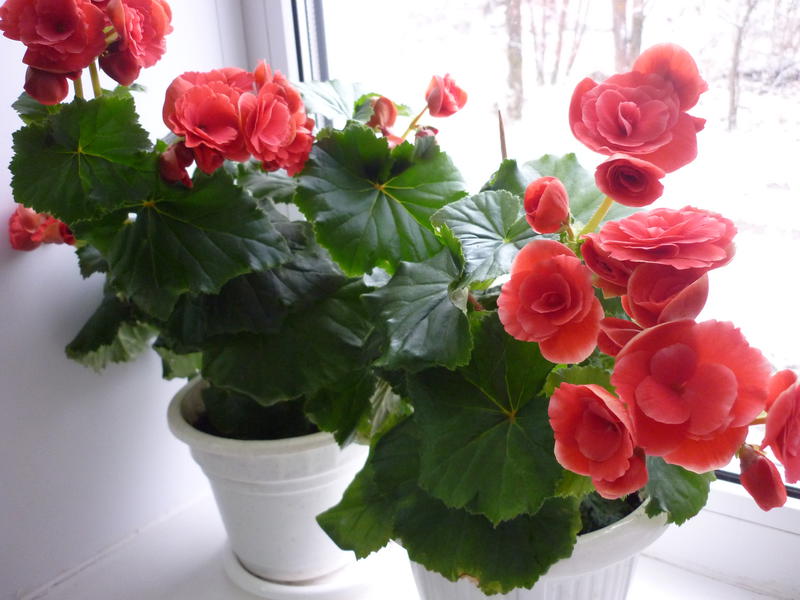
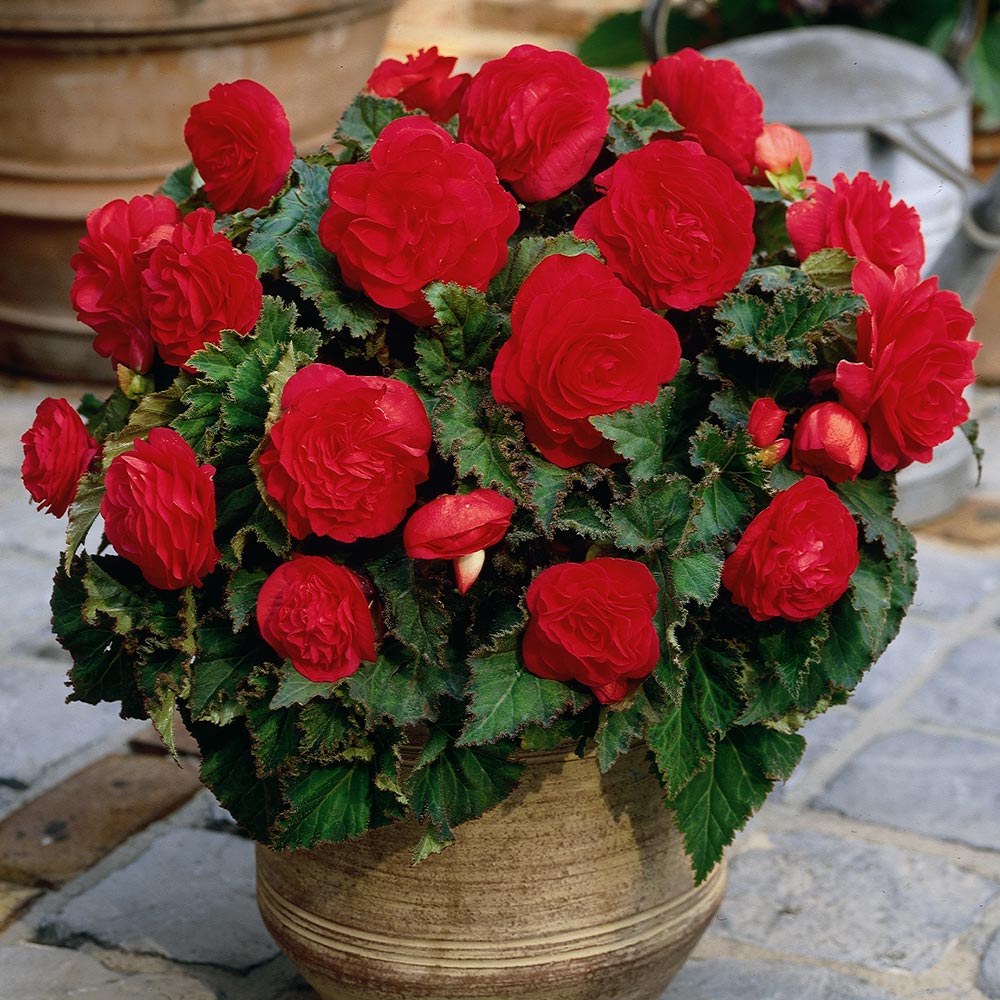
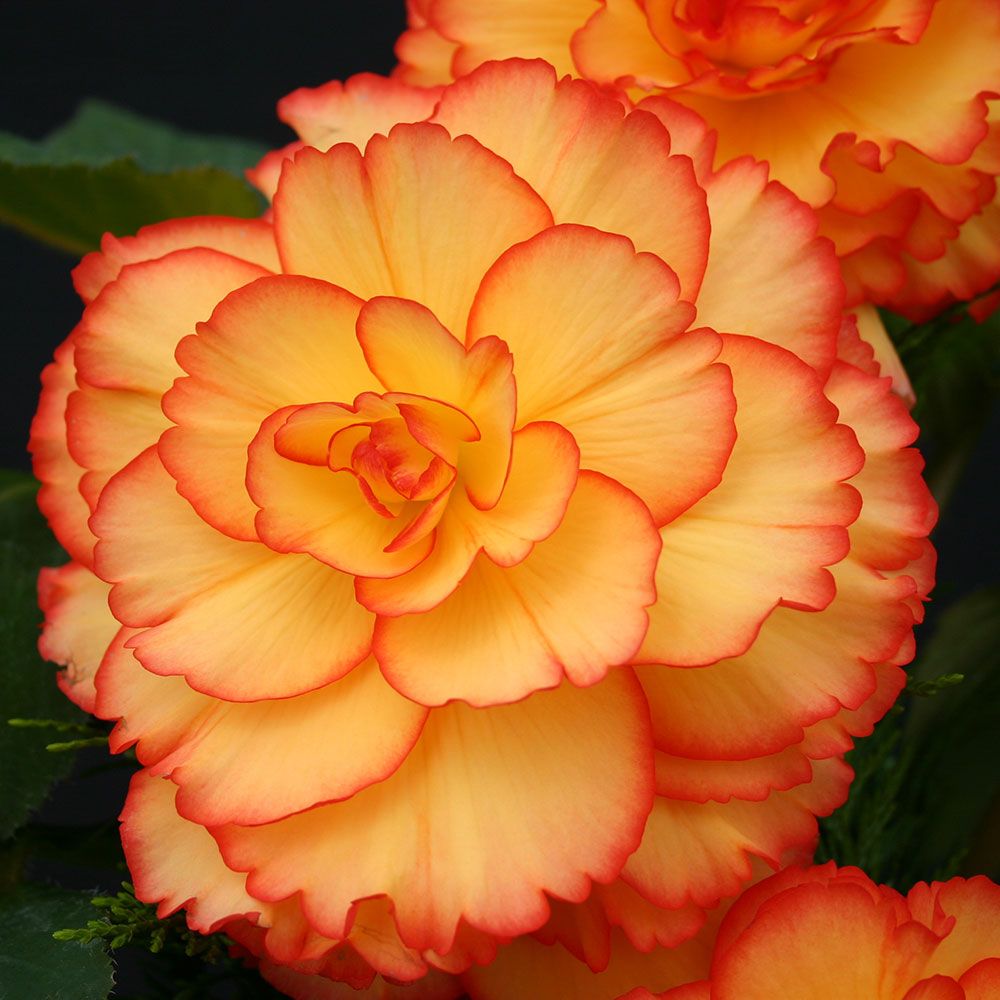
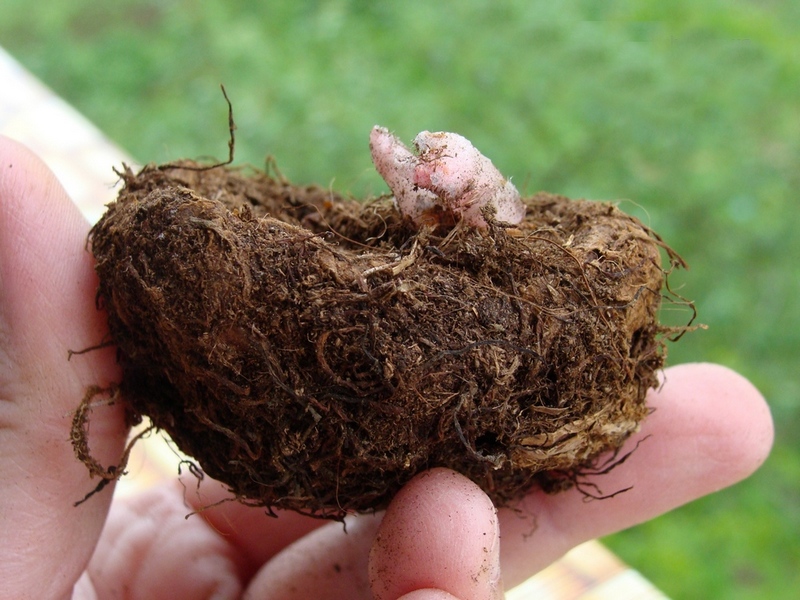
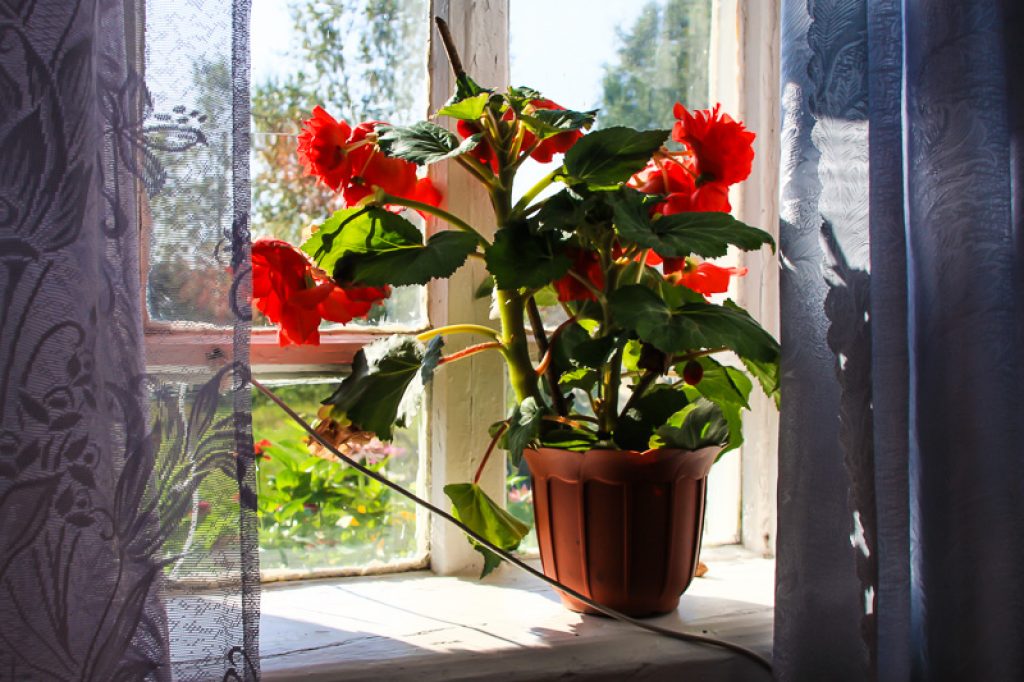
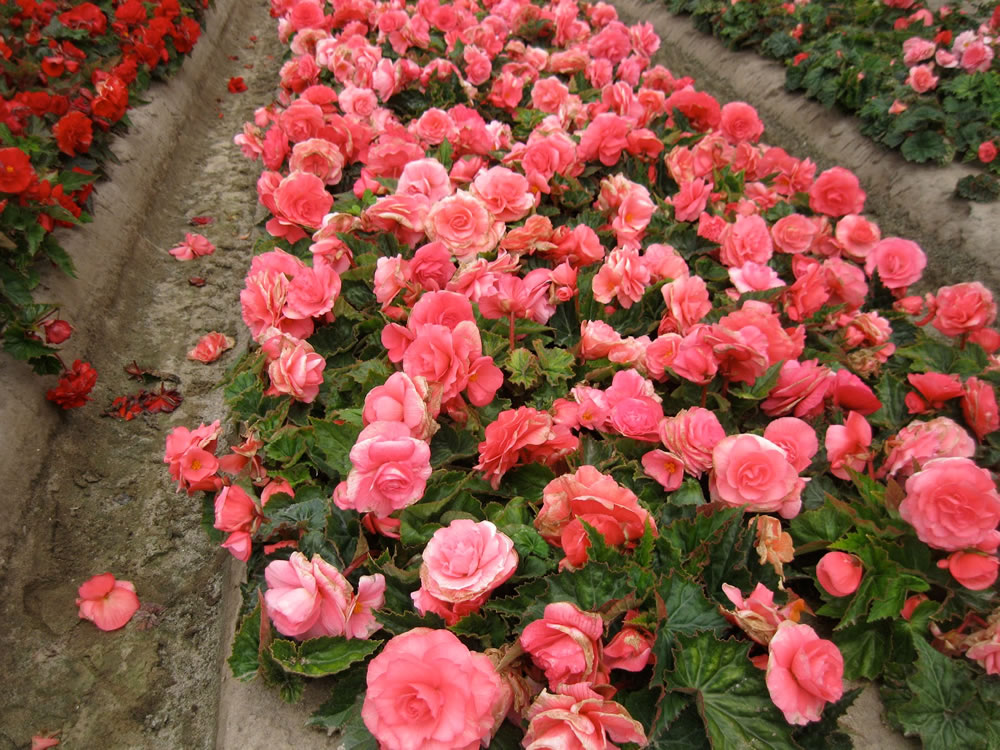
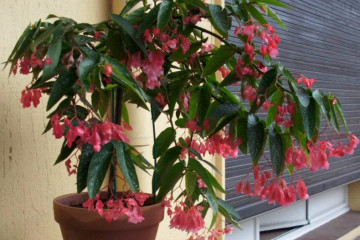

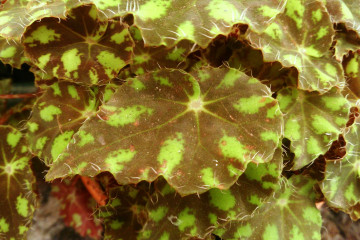
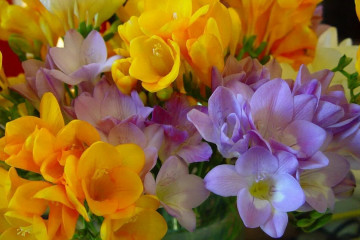
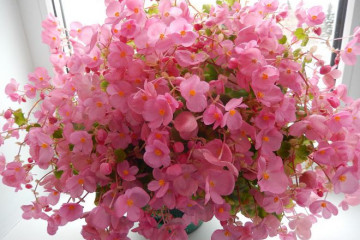
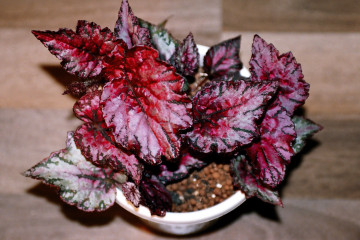










thanks a lot . reviewed a bunch of videos ... everything is clearly short. clear…!!!!